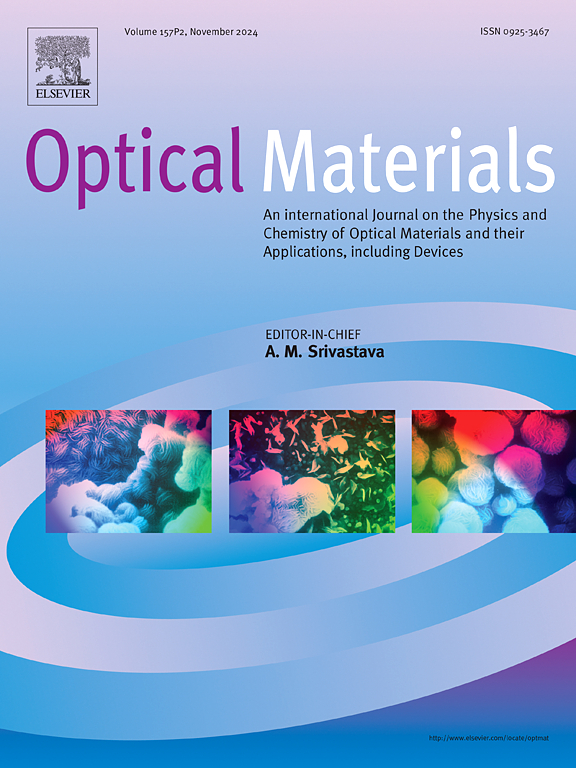A machine learning-quantum chemical quest to predict the photovoltaic properties of 2D molybdenum sulfide super structures
IF 3.8
3区 材料科学
Q2 MATERIALS SCIENCE, MULTIDISCIPLINARY
引用次数: 0
Abstract
The current study introduces a machine learning (ML)-driven method to forecast the photovoltaic (PV) characteristics of two-dimensional (2D) molybdenum sulfide (MoS) superstructures. Structural data of about 1202 compounds is compiled and four top performing models are trained to predict their open-circuit voltage (Voc). The models are evaluated by using their mean squared errors (MSE), which spanned from 0.47 to 1.23, reflecting adequate predictive accuracy. Their stability evaluations are determined via their tolerance factor which reveals a significant relationship with both Voc. Moreover, the materials with its optical properties are confirmed using the Kramers-Kronig relations, displaying a high level of consistency between experimental data and simulated results. The SHapley Additive exPlanations (SHAP) analysis identifies that their polarizability (Alpha) and first order connectivity (chi1) are the most important factors to affect their model performance. The bandgaps of MoS2 and MoS33 are calculated as 1.47 and 0.72 eV, respectively. These results can enhance the understanding of the PV potential of MoS based 2D materials and can lay the foundation for further studies in this field.

求助全文
约1分钟内获得全文
求助全文
来源期刊

Optical Materials
工程技术-材料科学:综合
CiteScore
6.60
自引率
12.80%
发文量
1265
审稿时长
38 days
期刊介绍:
Optical Materials has an open access mirror journal Optical Materials: X, sharing the same aims and scope, editorial team, submission system and rigorous peer review.
The purpose of Optical Materials is to provide a means of communication and technology transfer between researchers who are interested in materials for potential device applications. The journal publishes original papers and review articles on the design, synthesis, characterisation and applications of optical materials.
OPTICAL MATERIALS focuses on:
• Optical Properties of Material Systems;
• The Materials Aspects of Optical Phenomena;
• The Materials Aspects of Devices and Applications.
Authors can submit separate research elements describing their data to Data in Brief and methods to Methods X.
 求助内容:
求助内容: 应助结果提醒方式:
应助结果提醒方式:


